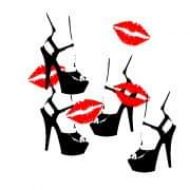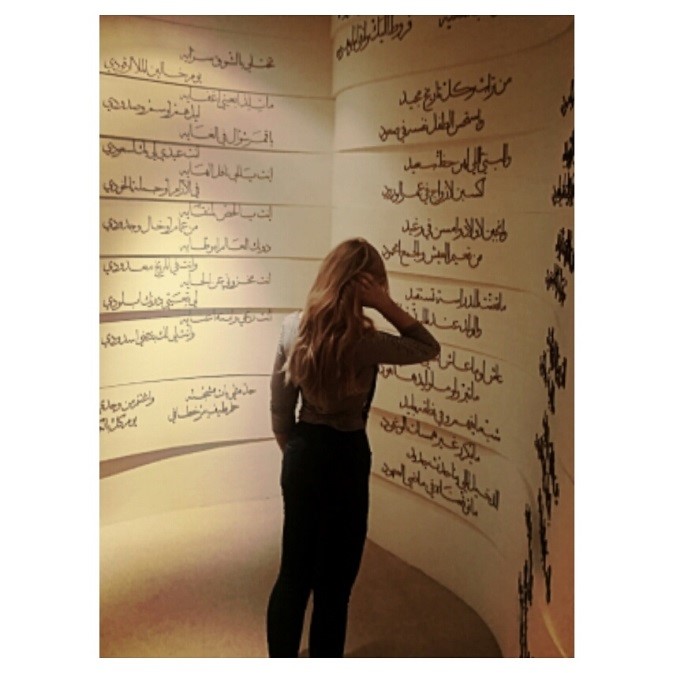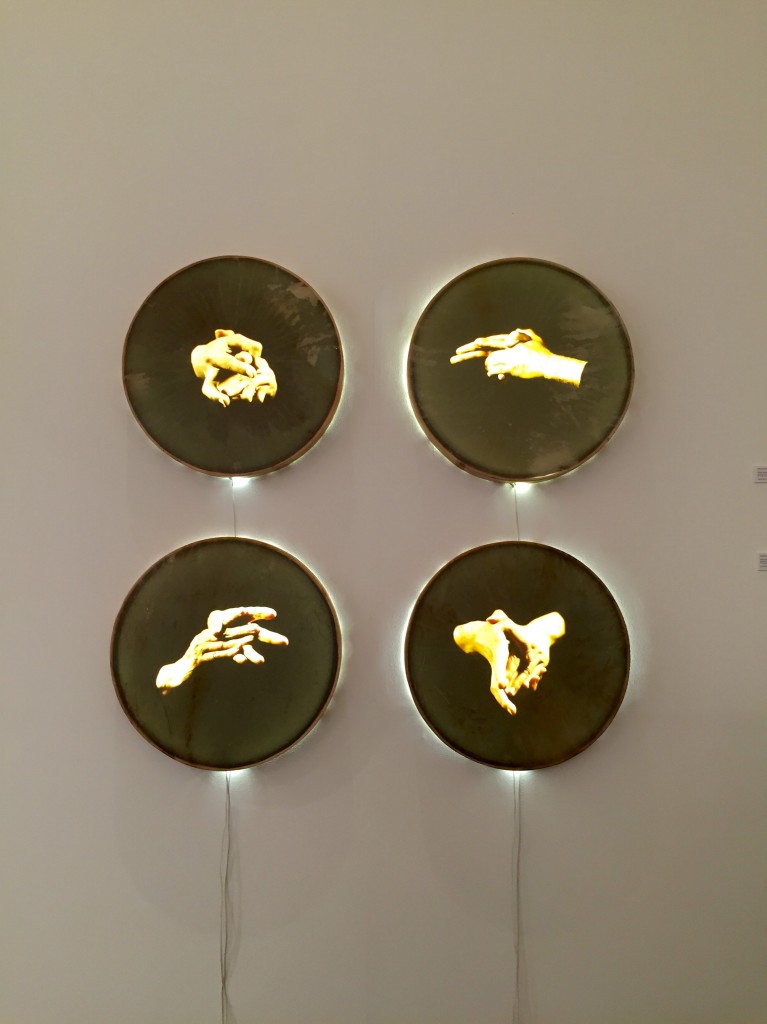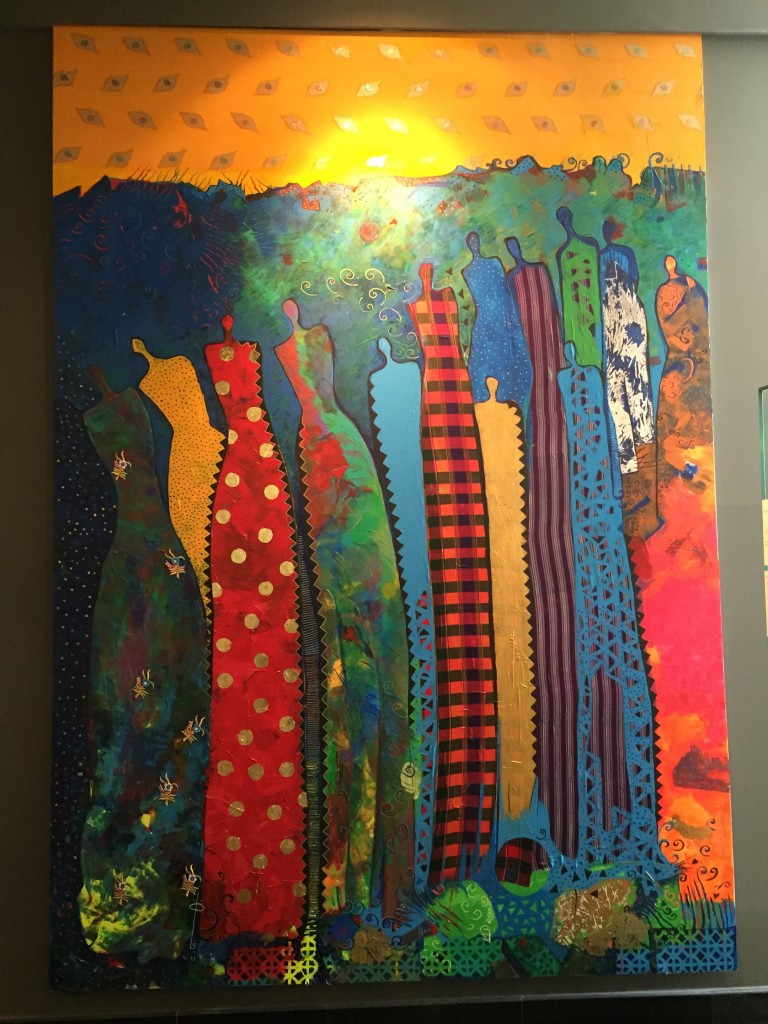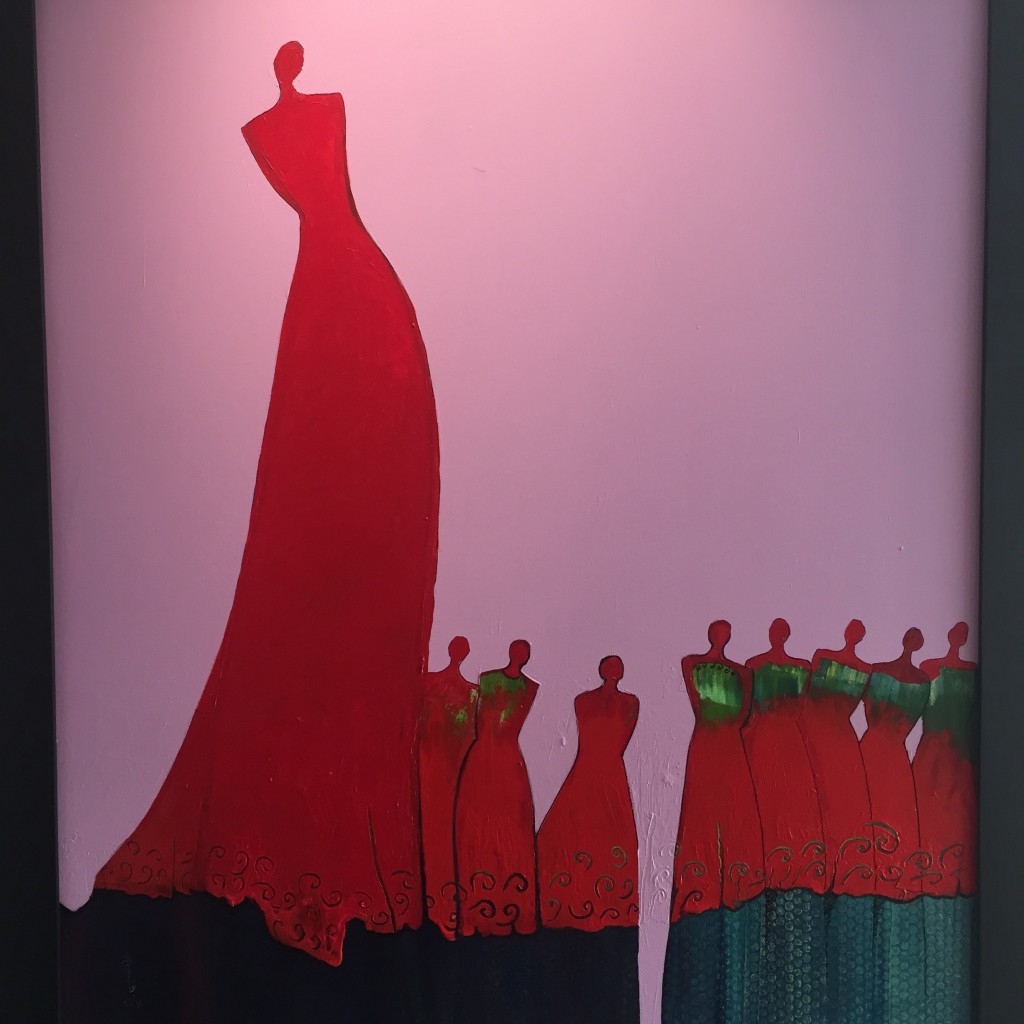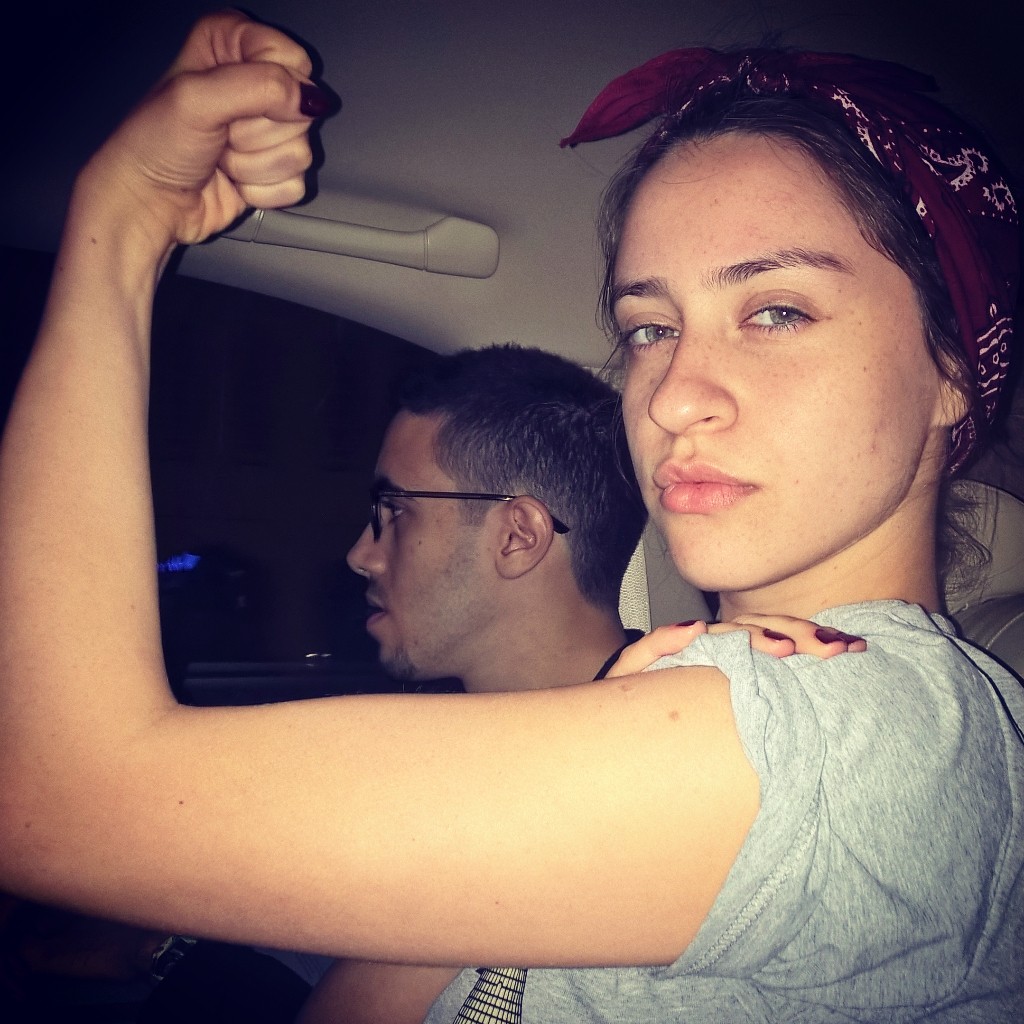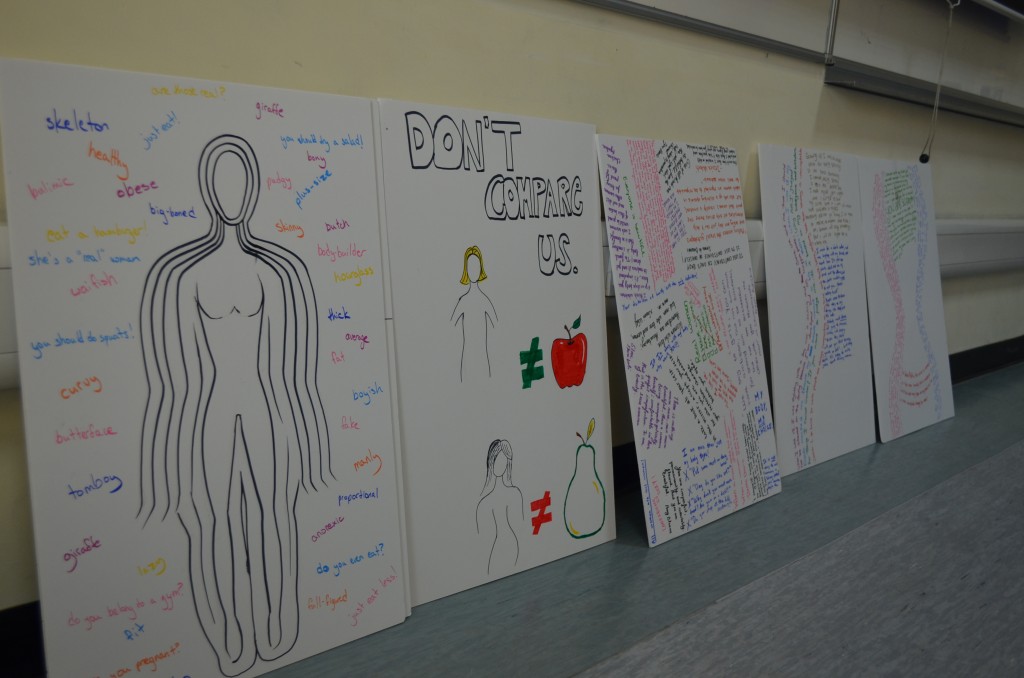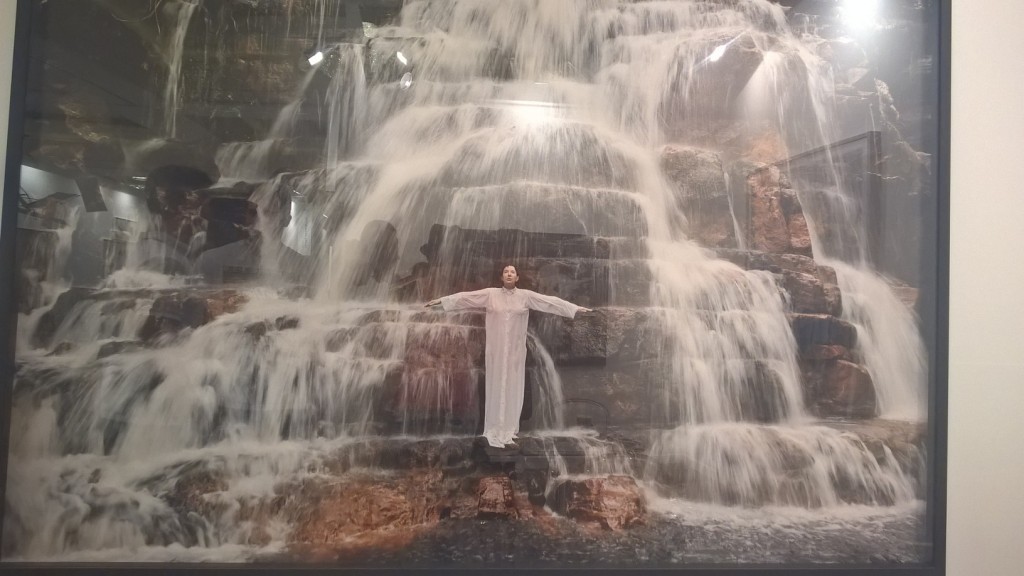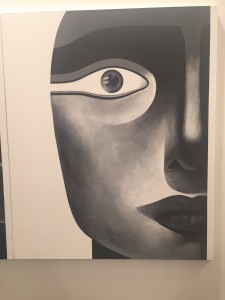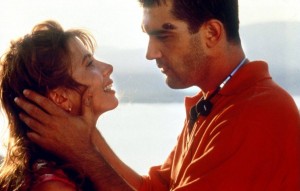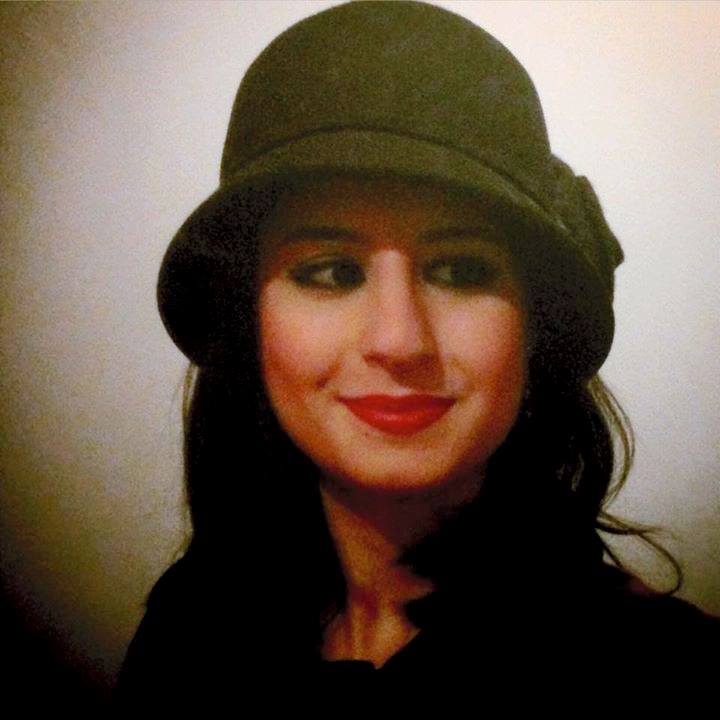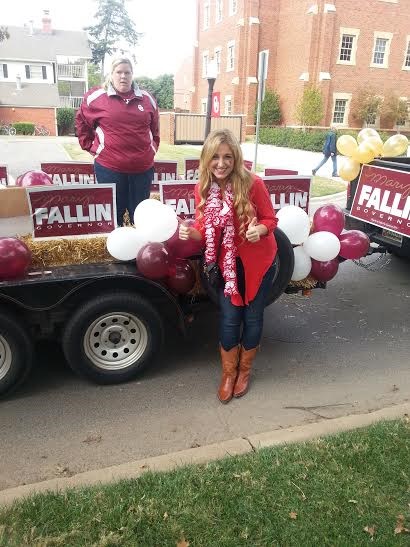 Feminism Is Too Strong of a Word
Feminism Is Too Strong of a Word
I did not identify myself as a feminist until fairly recently. Growing up, I always had the image of a feminist as an angry men-hating, bra-burning, refusing-to-shave-her-legs woman. I have since been enlightened- according to recent research, there are numerous self-identified feminists who have never burned a bra in their life. There are even more men and women who believe in and even advocate for gender equality, but do not identify themselves as feminists because they incorrectly characterize the term in the same extremist manner as I did for so long.
My favorite comedian/quirky celebrity crush Aziz Ansari explains this misunderstanding perfectly.
Now that I have had the opportunity to live in both the West and the East, I see the ways that feminism manifests itself in alternate societal structures, and the diversity of issues to which it is applied. In this article, I want to share two defining points in my life- one in the U.S. and one in Dubai- that have shaped my understanding of gender equality and strengthened my appreciation for the role feminism plays in our world.
Pretty Isn’t Everything
When I received the voicemail calling me in to interview for an internship in the office of Governor Mary Fallin of Oklahoma, my hands started shaking so much that I dropped my cellphone in my cereal. My father is always the first one I call when I get good news, and this time was no exception. Together, my father and I prepared for the interview by mapping out a set of notes, mind maps and research.
When I walked into the lobby of Governor Fallin’s office, my notebook was filled with Venn diagrams, crossed out words and arrows connecting the names of public officials to bullet points jotted down in shorthand- the type of organized chaos that may have looked less legible than a kindergartener’s diary entry. I studied the notes on my lap while waiting for my name to be called, trying to cram in every detail about the Governor’s most recent statement on energy policy and the names of every staffer in her office.
My interviewer introduced himself as Luke. He was in his late twenties, with a slight southern drawl and a wide smile that only grew bigger when I tripped over the rug in his office and landed sideways on an arm chair. Luke helped me pick up my notes that had sprawled all over the floor, and commented that bad handwriting is a sign of creativity. I was off to a decent start.
The beginning of the actual interview was much less eventful. After running through the obligatory introduction pleasantries of “Why do you want to work here?” and “What is your major?”, Luke moved on to ask questions more specific to the Governor’s public policy and the political climate in Oklahoma. These questions were not difficult- anyone who turned on the news that day would know about the topics- they just required a more in depth answer than “I am a sophomore at the University of Oklahoma and no I do not have a criminal record.”
Luke was a little bit too impressed by my basic knowledge of the political and my ability to discuss current events. He seemed taken aback when I told him I knew who my senators were, and was genuinely surprised after finding out that I read the newspaper every day. After I confirmed that I know how the Electoral College worked and was even registered to vote (gasp!), Luke cut me off mid-sentence.
The next part of our conversation went as follows:
Me: Yes, I actually registered to vote on my eighteenth birthday…
Luke: Can I just stop you for one second? I just have to let you know that most girls as pretty as you are not that smart. But you are way smarter than I thought you would be. And you’re really pretty. Do people always tell you that you’re really pretty?
Me: Not in a job interview.
I was offered the internship on the spot and I accepted. But I had a sinking feeling in my stomach as I walked out of the office with my new work schedule in hand.
Logically, I was sure that I deserved the internship. I had a high GPA, numerous recommendations and a great resume. I knew that I would work hard to make the most of this opportunity and that the staff would not regret hiring me. At the same time, however, I could not help but feel cheap- like I had cheated my way into winning something that I could have won by my own merit. Did Luke only offer me the job because he thought I was pretty? Was I actually smart, or did I just exceed the insultingly low bar that he had set for me? These questions nagged me long after I was hired, and even after the internship ended.
My interview with Luke was the first, but certainly not the last time I had to prove myself just to be on a level playing field. I am passionate about my career path because I strongly believe that politics has the potential to be the most tangible source of empowerment, meaningful change and social evolution. My involvement in politics has allowed me to raise others’ expectations and change initial methods of gauging competence and qualification. This work is important to me because I trust that if I can prove myself now, then another young woman will not have to prove herself in the future. It took a little bit of growing up and a lot more experience for me to be confident in my strengths and abilities based on my own evaluation. I now know that my accomplishments are not reliant on on my physical appearance and that my intelligence is independent of any arbitrary bar someone sets for me.
Lindsey Isn’t a Virgin Name
It comes as no surprise that Americans hold stereotypes about the Middle East. The combination of sensationalist media, lack of education and the human tendency to generalize and fear the unfamiliar has perpetrated a culture of misunderstanding, ignorance and antagonism towards the MENA region.
This is not a new concept- it is possible to find the systematic and deliberate breeding of stereotypes in every era the of US foreign policy. During the Cold War, Americans were taught to fear Russia. The media agenda covered only the most terrifying and threatening of news stories. Popular movies featured villains with thick Russian accents and books filled with stories of Soviet hostility hit the shelves. In my generation, Russians have been replaced with Arabs. The Middle East is so severely generalized that Americans seem to forget that the region is not just one big country with a monolithic population of Islamic extremists.
I have always known that Americans hold stereotypes about the Middle East, but somehow it never occurred to me that people in the Middle East might hold just as severe stereotypes about Americans. When I first came to Dubai, I found that many of my new peers expected me to act a certain way or carry a definite set of beliefs that were so different than my own it was almost laughable. It was hard to shake the image of the sexually-immoral American party girl with a questionable set of values.
An example of a conversation that I had with a young man here:
Him: What’s your name?
Me: Lindsey
Him: Are you learning Arabic because you want to get with Arab guys?
Me: Excuse me?
Him: Come on don’t freak out. You’re from America and your name is Lindsey. Lindsey isn’t a virgin name.
More than offended, I was shocked that anyone would have the audacity to say that to me. While a relatively liberal sexual culture exists in the United States, the topic of personal sexual relations is a topic that is usually avoided when introducing oneself to a stranger. This type of blatant disrespect was something that I chalked up to a traditional, patriarchal society that often objectifies women. I made the conclusion that, because virginity is something that can customarily add to or retract from the value of a woman, asking a woman about her sexual past was akin to asking how many miles were on a car you were thinking of buying. I had fallen into the trap- I made assumptions before I had adequate information and based my opinions on broad, simplistic generalizations.
A common Western misconception is that Islam is the sole cause of female oppression in the Middle East. I admit that even after studying Middle Eastern language, culture and history for the past three years, I was guilty of thinking that overly-strict religious practices or misinterpretations of Holy Scripture were the main road blocks towards gender equality in the region.
I found out just how wrong I was when I visited the Women’s Museum in Dubai. On their website, the museum is described as:
“A cultural initiative, unique in the Arab World and the Gulf Region.
A space to explore and celebrate the lives of women of the UAE.
A place where people can meet and appreciate the achievements of the women of the UAE.
The Women’s Museum aims to discover UAE society through the lives of women past and present, by highlighting the various roles played by women of the UAE.”
Ideally, the State should be the definitive guardian of women’s rights. Today, the aim of many modern feminist movements in the Middle East is to solidify women’s status and individual rights, such as the ability to contract and register one’s own marriage, or file for divorce, or to seek justice in cases of rape or sexual abuse. As we work towards this goal in the MENA region, it is necessary to acknowledge the institutionalized sexism that is evident in every area of governance from personal status laws to penal and criminal codes. These laws are detrimental to forward societal progress because they legitimize violations of women’s human rights in both the private and public spheres and they serve as a constant reminder that women’s foundational social identity as reproductive and sexual being who is constrained by men, her family, and her state.
I was happy to find information at the Women’s Museum about the significant historical and modern contributions that women made to the UAE, but what I found most notable was the amount of important arenas in which women were involved. I did not just learn about women in their traditional roles of homemaker and mother. While the exhibits honored and respected this traditional role, they also included information about women in business, education, politics, arts and science.
The Women’s Museum also addressed the poly-causal nature of gender inequality and sexism in the region. Before Islam, the Arabian Peninsula was mostly a tribal society. The status of women varied between tribes and geographic location, but women often did not enjoy the same rights and responsibilities as men. Historical findings have revealed that ancient legal codes often gave tribal clans authority over women, and predominantly women’s bodies. After Islam came to the region and introduced Sharia Law, this authority shifted to the Ummah (the community of Muslims) and its governing officials. Even with the spread of Islam, however, tribal practices continued to constrict women’s behavior. The governing structure of this transitional era was characterized by relative tribal autonomy from the state and a lack of central authority. Therefore, the control of female bodies and sexuality cannot be considered an “Islamic” phenomenon but instead a combination of different patriarchal religious, societal and political practices.
In recent historical developments, the process of institutionalized modernization has slowly shifted authority over women and their bodies from their extended families to their husbands and in certain sporadic cases, directly to women themselves. Unfortunately, as Dr. Sherifa Zuhur explains in her paper Gender, Sexuality and the Criminal Laws in the Middle East and North Africa: A Comparative Study “Certain omissions from the modern legal codes, like criminal penalties against marital rape or FGM (female genital mutilation) and the legal loopholes providing exemptions or reduced sentences for crimes of honor, exhibit the same underlying principle – that families, clans and tribes hold power over women, as well as the notion that men’s lives, testimony, and value outweigh those of women.” This power balance has withstood tribal legal practices, the advent of Shari’ah law and the ultimate establishment of the legal codes currently administered by the government. It is worthwhile to note that men are also victims of being controlled by their families, but “there is a key difference in that men are considered to be responsible for women’s sexual behavior” (Zuhur, 5).
With information from the Women’s Museum and further studies independently and in class, I was able to find a few of the historical roots relating to my original question of women and virginity. As I previously discussed, the tribes in pre-Islamic times exhibited varying degrees of gender equality; some tribes were not strictly patrilineal, but others were. As Islam spread throughout the region, it also “encountered and assimilated neighboring gender practices” as well as the laws and customs of male-dominated, European Colonial powers (Zuhur, 7). “Borrowed” traditions such as honor codes, the bride price, and the systems of retribution under tribal or customary law all bolstered a system in which women were legal, economic, and political dependents. They held value because of their reproductive ability and because marrying a virgin was the most effective way to determine lineage, men policed their women, thus earning higher payments for a virgin bride.
The most encouraging news I found was that despite the unfavorable treatment of women in the past, the future is gradually looking brighter for the female population of the MENA region. In both Muslim and non-Muslim countries, laws covering women’s personal status are changing. The gender codes in the region make it apparent that there is a notable degree of social control over women and girls. However, feminist organizations, individuals and even government entities have been working to make institute legal reforms combating challenges I previously discussed. These reforms have the potential to reshape the entire social future of the Middle East by turning the equitable treatment of women and girls from a foreign notion into a legally institutionalized reality.
Works Cited
Zuhur, Sherifa. “Dr. Sherifa Zuhur Explains in Her Paper Gender, Sexuality and the Criminal Laws in the Middle East and North Africa: A Comparative Study.” (2005): n. pag. Women for Women’s Human Rights (WWHR) – NEW WAYS. Web. 30 Mar. 2015.
